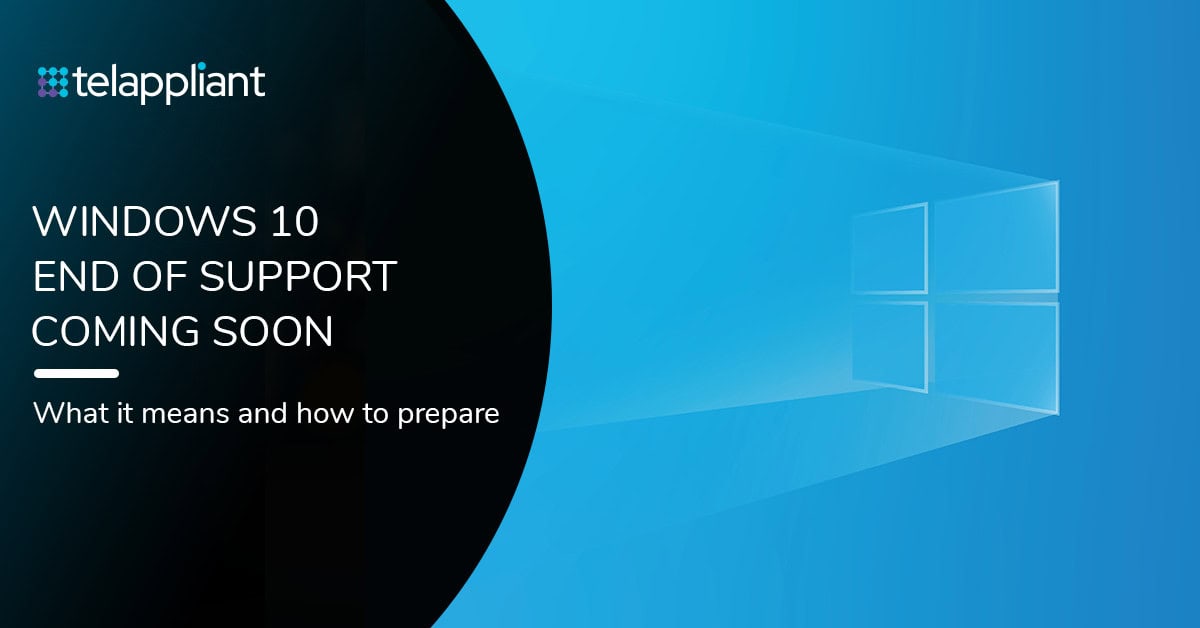Windows 10, which has been a staple of personal and professional computing since its launch in 2015, is approaching its end of support date. This milestone has significant implications for millions of users worldwide. Here’s what you need to know and how you can prepare.
When Will Windows 10 Support End?
Microsoft has announced that October 14, 2025, marks the official end of support for Windows 10. After this date, the operating system will no longer receive updates, security patches, or technical assistance.
This announcement applies to all mainstream editions of Windows 10, including Home, Pro, Enterprise, and Education. For organisations and businesses relying on older systems, this is a critical deadline to plan for a transition.
What Happens When Support Ends?
Once Windows 10 reaches its end of support, Microsoft will cease providing:
- Security Updates – Critical patches that protect against vulnerabilities and cyber threats.
- Bug Fixes – Resolutions to performance or operational issues.
- Feature Updates – New capabilities or enhancements to the system.
- Official Technical Assistance – Direct support from Microsoft for troubleshooting or queries.
Although devices running Windows 10 will continue to function after October 2025, they’ll become increasingly vulnerable to malware, hacking attempts, and compatibility issues with modern software and hardware.
Why Does Support End?
Operating systems have finite lifecycles because maintaining older versions indefinitely is unsustainable. Ending support enables Microsoft to focus its resources on improving newer systems like Windows 11 and future releases.
Additionally, outdated systems can become liabilities, both in terms of security and functionality. Encouraging users to adopt newer operating systems helps ensure that software and hardware standards keep pace with technological advancements.
How to Prepare for the Transition
To avoid disruptions, here are some steps you can take before Windows 10 reaches its end of support:
- Consider Upgrading to Windows 11
Windows 11 is the natural successor to Windows 10, offering improved performance, enhanced security, and a refreshed user interface. Check if your hardware meets the minimum system requirements, including TPM 2.0 and Secure Boot, before upgrading. - Update Your Hardware
Older PCs may not be compatible with Windows 11 or future operating systems. If your device doesn’t meet the requirements, it may be time to invest in new hardware. - Back Up Your Data
The end of support for Windows 10 is a significant milestone, but it’s also an opportunity to embrace modern technologies and enhance your computing experience. Whether you choose to upgrade to Windows 11, explore alternative options, or replace older hardware, the key is to start planning now.
As a Certified Microsoft Solution Provider, we specialise in transforming the way businesses operate and are on hand to help guide you through this process – our team can even help you with checking your systems to see if you need to update your hardware so check in touch today.
